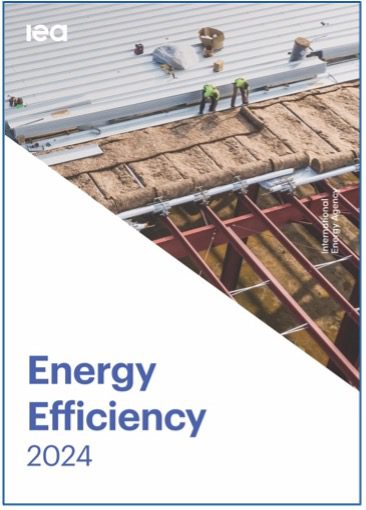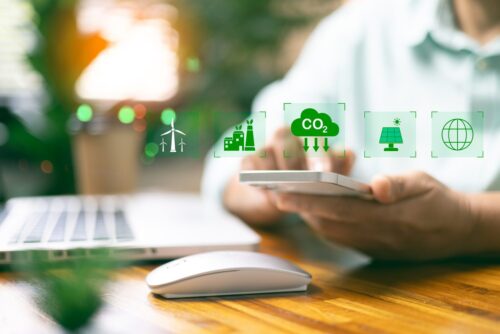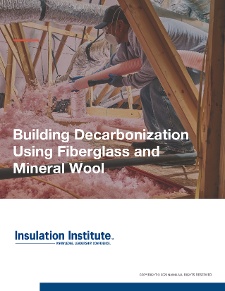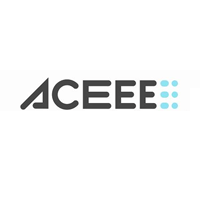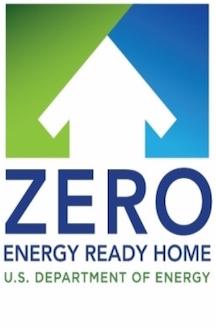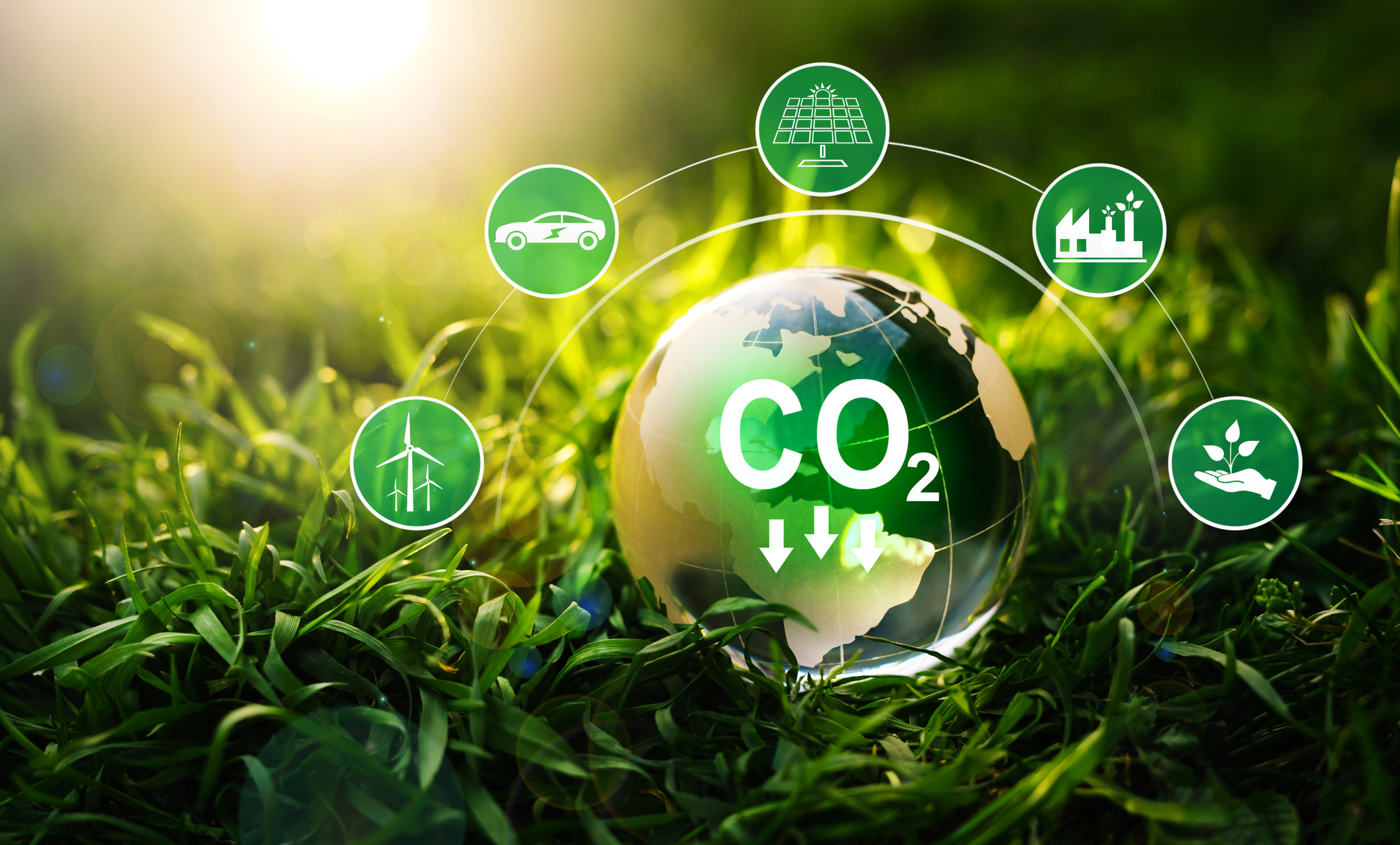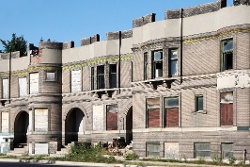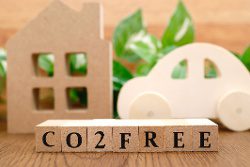Yesterday, the International Energy Agency (IEA) released its Energy Efficiency 2024 report, concluding that much faster progress on global energy efficiency is needed to meet the climate pledges of COP28 held last year. Nearly 200 countries, including the United States, pledged to double the global annual average rate of energy efficiency during the event. One year later, a weak improvement of just 1 percent has been achieved. However, the report includes critical takeaways for the building industry and buildings.
